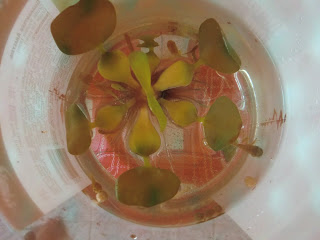各位同志:
有無想過拿到了6000蚊後點用,不如好似我咁把小部分捐助給不同的慈善機構,一來可以幫助有需要的人,二來這是一筆意外橫財,用當中一些作幫忙他人好讓剩餘的用得開心.因為幫了有需要的人,你會相比唔幫人的自己更為喜悅開心!
以下是我建議大家的一些慈善團體以作參考:
1. 國際培幼童會 (PLAN INTERNATIONAL HONG KONG)
2. 香港癌症基金會 (Cancer Fund)
3. 樂施會 (Oxfam Hong Kong)
4. 無國界醫生 (MEDECINS SANS FRONTIERES)
5. 救助兒童會(SAVE THE CHILDREN)
一次過捐助(每個慈善機構港幣200)都係一千蚊,只是6000蚊的一部分而已。捐果陣講埋我個名重有收據攞tin!


























